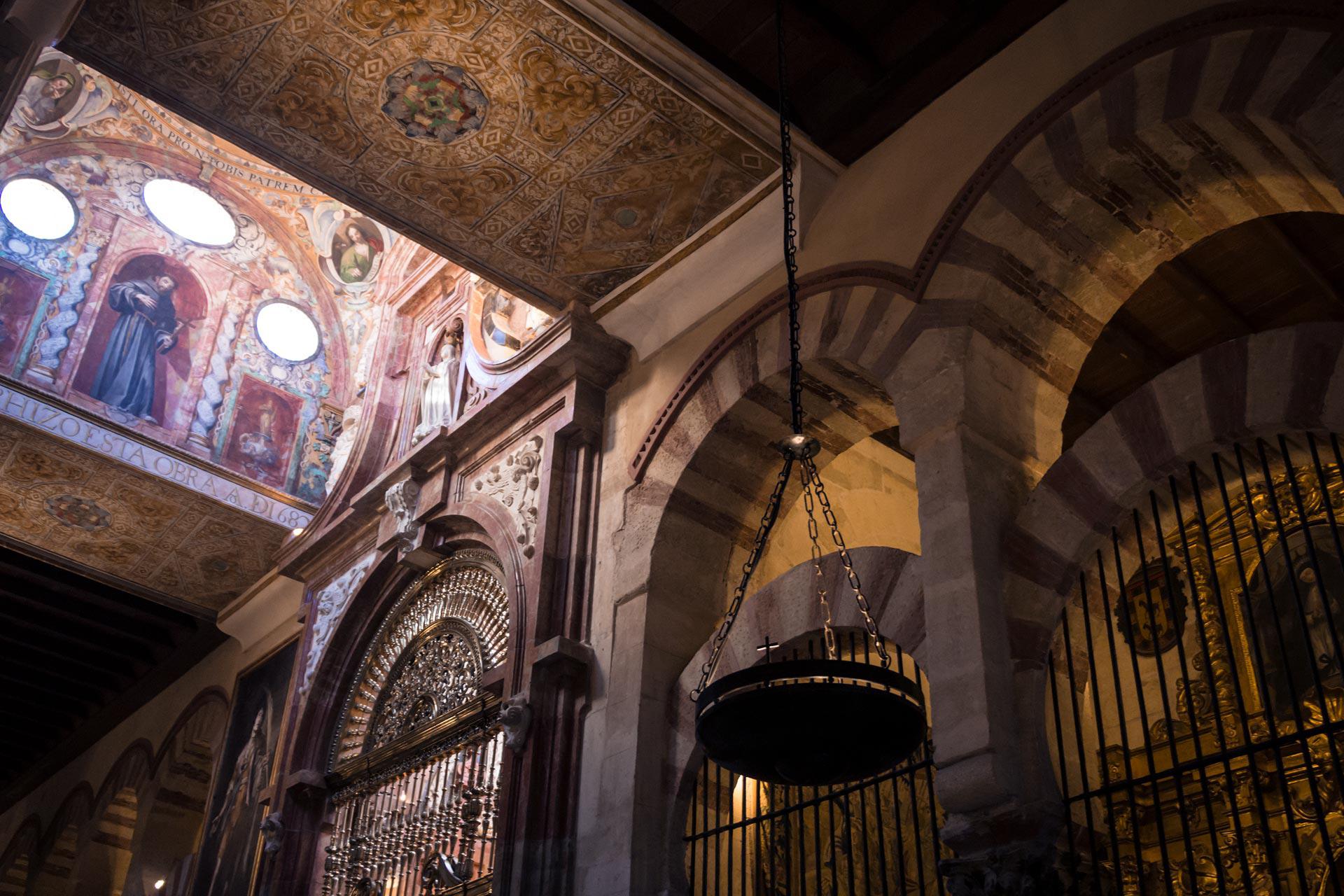» Capitals
•
» Discover Andalucia |
» Cordoba Province
 ARTYKUŁ W JĘZYKU POLSKIM
ARTYKUŁ W JĘZYKU POLSKIM
CLICK HERE to read this article on the new domain...
Visit www.GoIberia.com
to read more about interesting & beautiful places on the Iberian Peninsula!
Un Saludo:)!
About the Author
Dora Mandora - passionate about technology, photography, travel, sport and healthy living. Professionally: web & graphic designer and photographer. With camera in hand explores the Iberian Peninsula's southern reaches.
Tags
Back
Related articles
